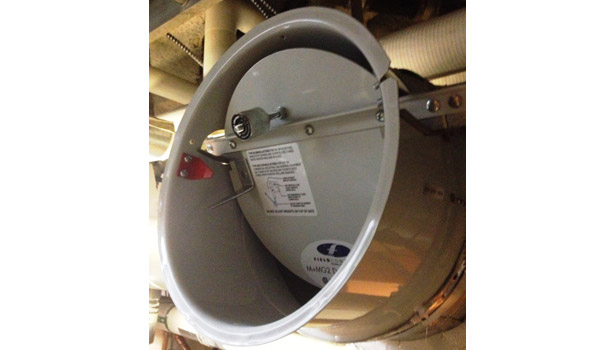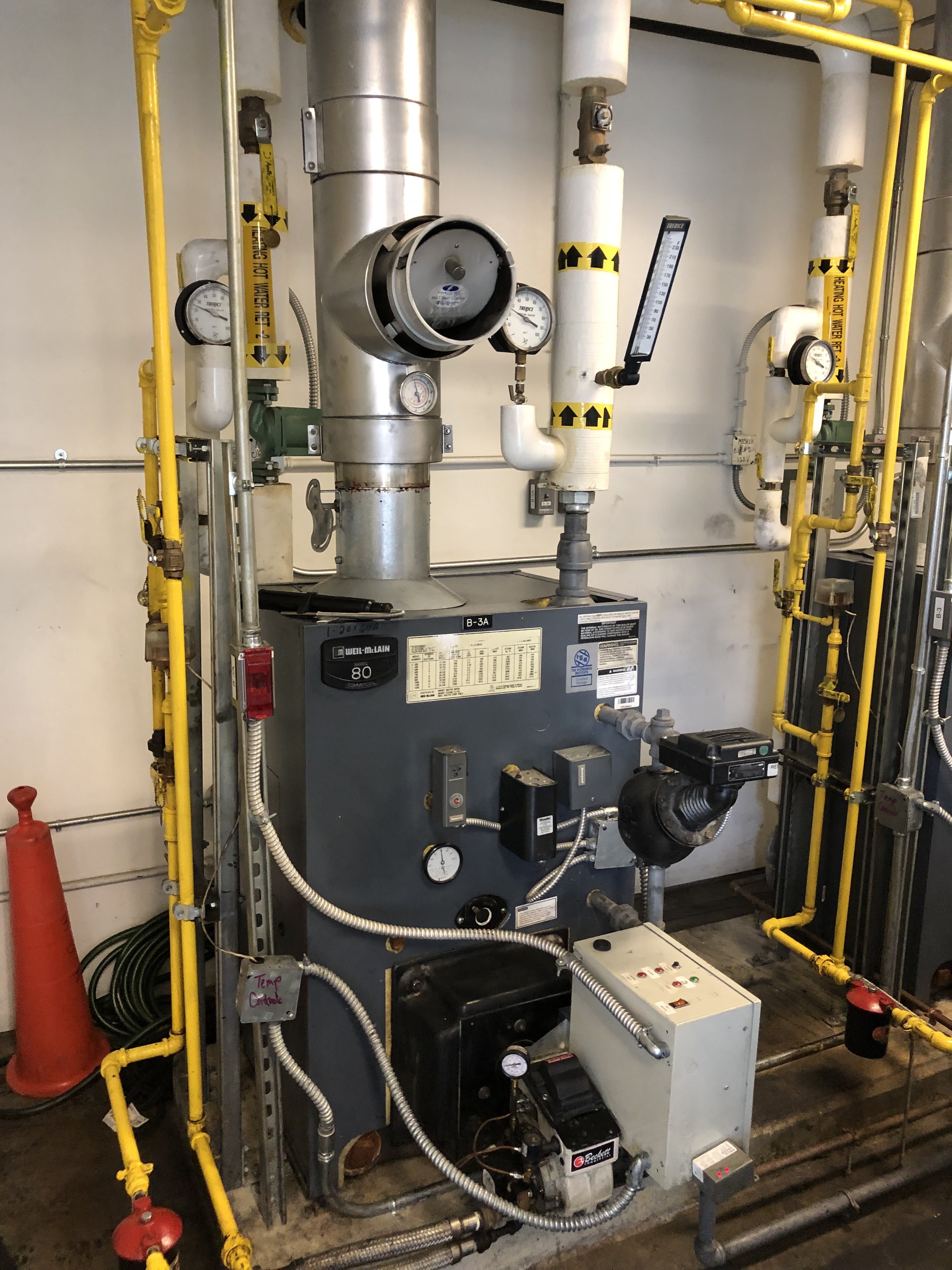
The result is too little excess air and thus higher unburned fuel losses 4. For most boilers, when the combustion air control loop detects an increase in excess air in the flue gas, it responds by reducing the combustion airflow to the furnace. This is true even though tramp air does little if anything (depending on the leakage locations) to help support combustion. When this tramp air mixes with the flue gas, the percentage of oxygen in the flue gas (excess air) goes up. The lower pressure in the furnace causes increased air leakage into the boiler. The increased fan power is caused by the greater head being developed by the fan and because lower pressure in the boiler causes more tramp air in-leakage thus more flue gas that has to be handled by the fan.Īnother effect of operating with too low pressure in the furnace is less direct.

The auxiliary power required for the operation of the induced draft fan(s) pulling gases from the boiler furnace increases as the furnace pressure falls for a given flow of flue gas. One, a significant increase in auxiliary power consumption can result from too low a furnace pressure. It is possible to cause significant inefficiency by operation with too low pressure in the boiler for several reasons. Given the desirability of having a negative pressure in the furnace, some operators “overdo” it by maintaining a lower (more negative) pressure than necessary. Those leaks will then continue to enlarge and worsen as the sulphuric acid that is formed around the leak causes more corrosion in the area. However, if the draft is a positive pressure and flue gas leaks from the furnace and flue gas ducting, sulphuric acid will be formed around the leaks because it will be entering a cooler and more humid environment. To prevent sulfuric acid from forming, flue gas temperatures are always maintained above the acid dew point. Sulphuric acid is highly corrosive and damages power plant equipment, especially air heaters and economizers. If the flue gas temperature is low enough (below the acid dew point), the SO 3 will combine with water (H 2O) to form sulphuric acid.

The majority of SO x in the flue gas is SO 2 but there is also SO 3 (typically 2-4%) 3. Most fuels contain some amount of sulfur and when burned in the boiler furnace produce oxides of sulfur (SO x) in the exhaust gases leaving the boiler. CorrosionĪnother problem with pressurized furnaces is corrosion of the boiler casing and other components from acids of sulfur that are created when the temperature of the leaking flue gas falls below the acid dew point 2. Boilers with pressurized furnaces often have leakage of flue gas from the boiler setting into the plant that makes working around the boiler very difficult because of the health effects of breathing hot flue gas and (for coal-fired boilers) fly ash. Maintaining furnace pressure NEGATIVE is essential so that air from the boiler building/atmosphere leaks into the flue gas ducting and boiler setting, referred to as “tramp air”, instead of flue gas leaking out of the boiler and ducting into the spaces occupied by personnel and equipment. Serious problems can result from the operation of a boiler with positive pressure.

#Oil burner draft control how to#
It is important that operators monitor furnace draft during operation of their power plant boilers, understand the importance of proper furnace draft, and know how to adjust furnace draft during varying plant operating states. These fans work together to maintain pressure (or draft) in the furnace slightly less than atmospheric pressure, usually with a furnace pressure setpoint of about -0.5 inwc.

This means there is a fan (or fans) that supplies combustion air to the boiler furnace, known as a forced draft fan, and another fan that pulls the exhaust gases (flue gas) from the boiler furnace 1, known as an induced draft Fan. Most power plant boilers have balanced draft furnaces.


 0 kommentar(er)
0 kommentar(er)
